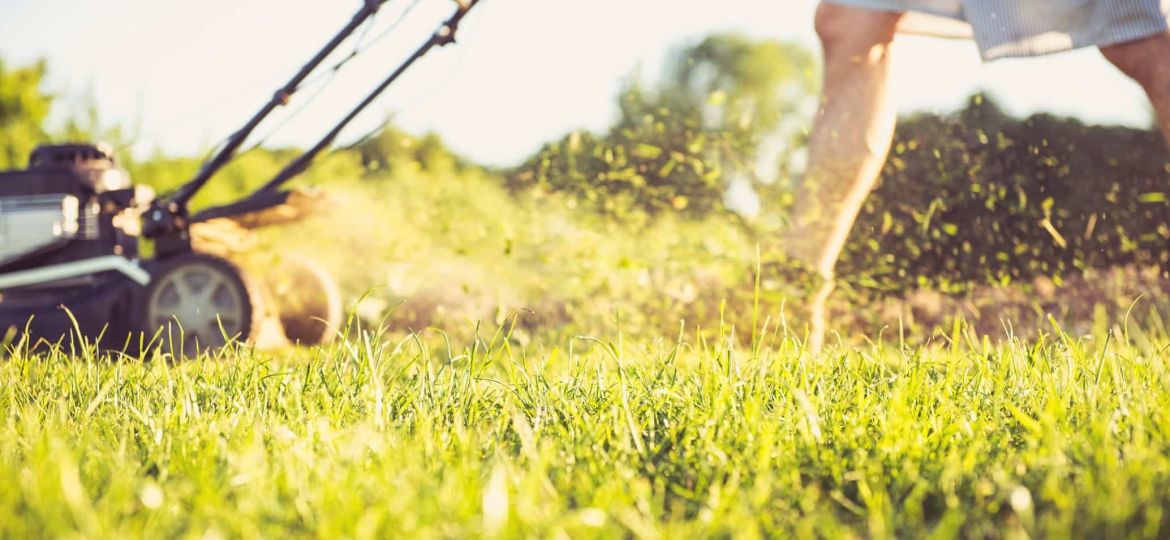
Can I Mow My Lawn When It’s Wet?
Mowing your lawn when the grass is wet may seem like a convenient solution to get the job done quickly, but it’s actually a recipe for disaster. When grass is wet, it’s more susceptible to damage from the mower blade, which can lead to brown patches, uneven growth, and even the spread of diseases. Additionally, wet grass can also cause the mower to bog down and struggle to cut evenly, leading to an uneven appearance and potentially damaging your lawn equipment.
Moreover, mowing wet grass can also create a breeding ground for pests and weeds, as the moist conditions make it easier for them to thrive. By waiting until the grass is dry and firm before mowing, you’ll not only achieve a healthier and more even cut, but also prevent unnecessary damage to your lawn and equipment. So, next time you’re tempted to mow on a rainy day, take the extra time to wait for better conditions – your lawn will thank you!
But if you must mow your lawn while wet, see tips below to assist.
Cleaning Your Lawn Mower After Mowing Wet Grass
Mowing your lawn on a wet day can be a necessary evil, but it’s crucial to clean your mower thoroughly after doing so to prevent damage and ensure a safe and healthy mowing experience for future use. Wet grass can clog your mower’s blades, clippings can stick to the underside of the deck, and water can seep into the motor and other components, causing corrosion and rust. To avoid these issues, make sure to clean your mower as soon as you’re done mowing.
Start by removing any large debris from the mower deck and blades, then rinse the deck with a garden hose to remove any remaining clippings. Use a soft-bristled brush or cloth to wipe down the blades and other metal parts, paying extra attention to any areas with heavy buildup. Finally, let the mower air dry or wipe it down with a dry cloth to prevent water spots. By following these simple steps, you’ll be able to keep your mower in top condition and ensure it continues to run smoothly for years to come.


Keeping Mower Blades Sharp
Cutting wet grass can be a challenge for any lawn mower, but keeping your mower blades sharp is crucial to maintaining a healthy and even cut. Dull blades can tear and shred the turf, leading to an uneven appearance and potentially even damage to the lawn. When cutting wet grass, it’s especially important to prioritise blade sharpness, as the moisture can cause the blades to heat up and become even more prone to dulling.
To keep your mower blades in top condition, be sure to sharpen them regularly, ideally after every 3-4 hours of use. Additionally, consider using a high-quality mower blade sharpener or taking your blades to a professional for sharpening. By prioritising blade sharpness, you’ll be able to achieve a clean and even cut, even on the most challenging wet turf.
Raising Mower Height When Mowing Wet Turf
When it comes to cutting your lawn, one of the most crucial decisions you’ll make is the height at which you cut the turf. However, when the turf is wet, it’s essential to raise the mower height to ensure a safe and efficient cutting experience. Wet turf can be challenging to cut, as it can clog the mower’s blades and cause damage to the machine. By raising the cutting height, you’ll not only prevent these issues but also help to prevent tearing and ripping of the turf blades, which can leave your lawn looking uneven and unsightly.
Additionally, cutting wet turf at a higher height will also reduce the risk of hydroplaning, where the mower’s wheels can lose traction and skid on the wet surface. By following this simple tip, you’ll be able to maintain a healthy and well-manicured lawn while also prolonging the life of your mower.




